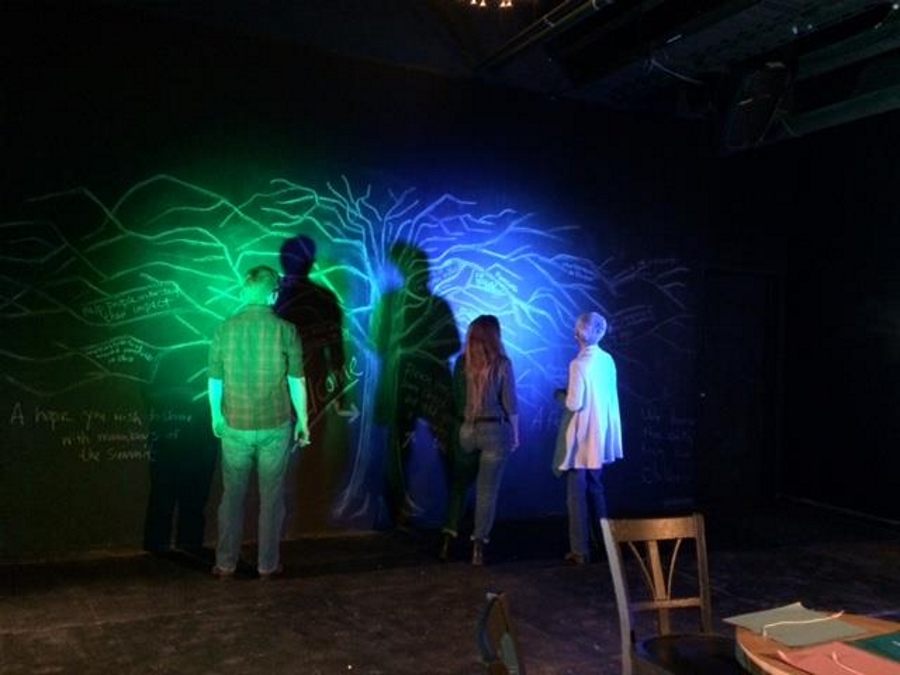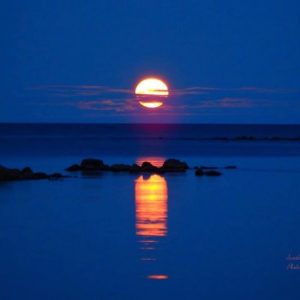REFLECTIONS BY GUEST WRITER
My friend Micki Shelton is a writer and much more. She forges her talent in plays, poetry, English as Second Language stories for youth and essays. Below is a piece I came across while loitering quite happily on her website at https://www.mickishelton.com/what-i-m-writing. I post it here on The Artist’s Path blog because before the pandemic changed our lives, it had been my intent to do a Path festival on Climate Change and the Arts. So while that project may be on hold indefinitely, I am pleased to share Micki’s thoughts with you and urge you to check out her other writings.
NASA photo of a young star-forming region of the Carina Nebula
REFLECTIONS ON THE JAMES WEBB SPACE TELESCOPE, JUNE 12, 2022
Last night I was at a discussion group at which this question was posed: “What feelings of awe did you experience when you saw the first pictures from the JWST?”
Sadly, All the people in my group focused on the $10 billion price tag. David and I had hoped we could hear people speak about their experiences of awe. Where did those take them? But most were either unimpressed or focused on how that money could’ve been spent on the poor or in studying our own planet—our oceans for example. I called that a false comparison, better stated I’m told as false equivalence.
Even so, it’s a complaint often made. I responded that it isn’t NASA taking food from the mouths of the poor. It’s war. So when we got home, David and I looked up the cost of recent wars. We haven’t yet done the math (maybe you’d like to) but we found this: Since 9/11, the war on terror has cost 8 trillion dollars. JWST’s cost is in the billions, not the trillions, and that 10 billion’s been spent over 25 years. It also employs a lot of scientists and engineers who otherwise might have spent their talents on weapons and war-making. If nothing else, photos taken by the JWST reveal the specialness in the universe of this one small speck of dust that we call Earth. How very, very fragile we are—as Sting sings. This precious planet is our home, small, at the edge of the Milky Way, which is one of billions and billions of galaxies. And it, this planet, is in grave danger. Scientists tell us that we have roughly 7 years left until we reach a tipping point when, quite literally, all hell will break loose. As with the purported ten plagues of Egypt, there will be even more floods and fires—and, well, perhaps all the rest.
Let’s talk about awe, which (along with great suffering) is one of our pathways to God. I point to all this (along with the ten plagues) in my play Puzzles and Borderlines. Jane, an astronaut, stands at the pearly gates. Near the end of the play, St. Peter hands her a celestial spyglass of sorts and tells her, “Here, look through this lens.” She does, and so doing she begins to see things the way God sees them—from billions of light years away—and what she sees is what people still here on earth need to see: that we humans are desperately in need of a metanoia. We need to look at everything differently. I believe that is worth something—possibly even more than 10 billion U.S. dollars. The engendering of awe is worth something.
Produced live as part of Theatre Artists Studio's 2022 "Summer Shorts," Puzzles and Borderlines was produced as a Zoom reading in 2020. https://www.youtube.com/watch?v=ELMnjsWfxWo&t=607s











